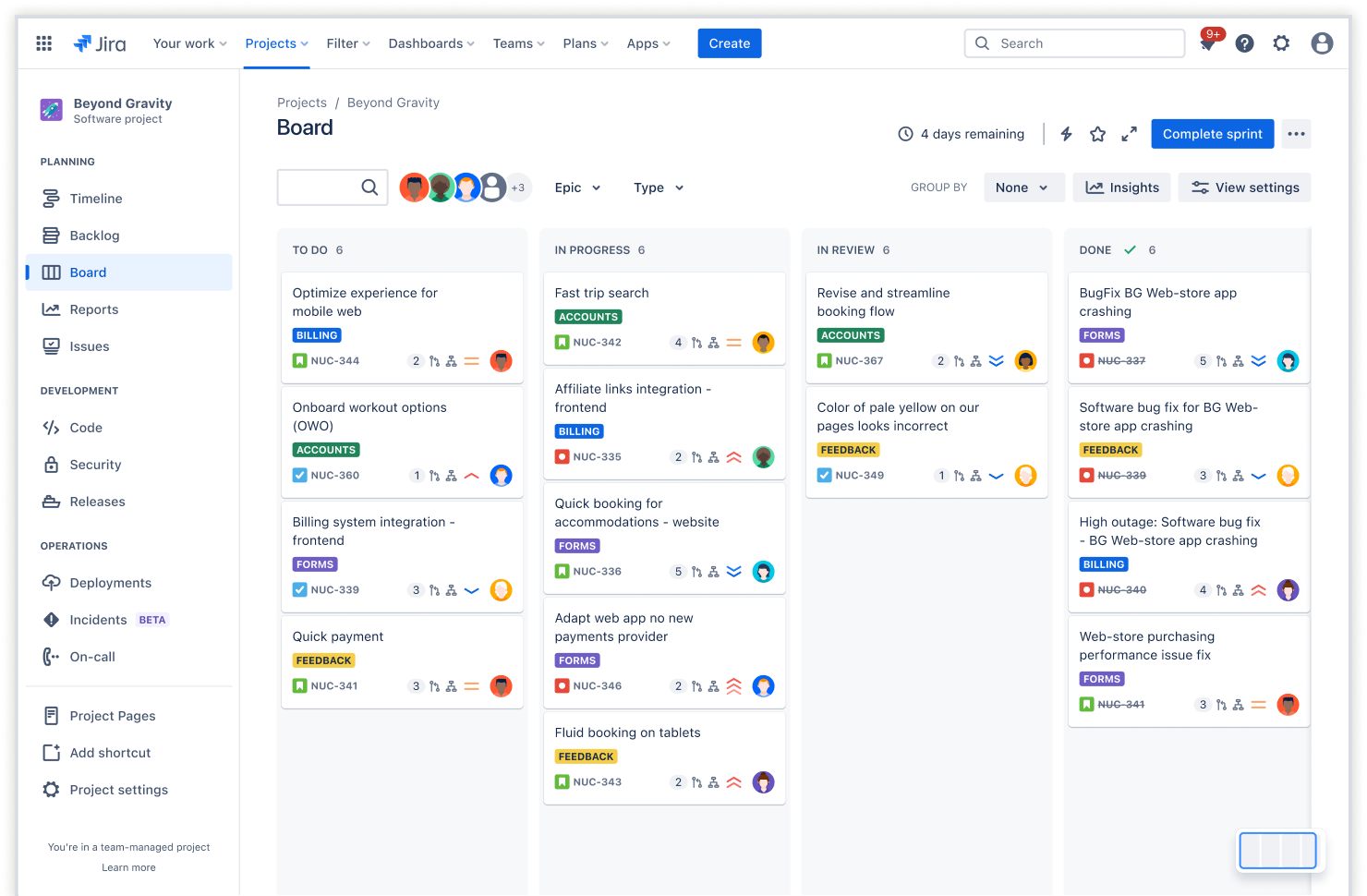
Workflow template
Streamline project execution, enhance collaboration, and promote continuous improvement with a structured workflow template.
best for
Project management
Software development
key features
Task planning
Prioritization
Pipeline management
What is a workflow template?
A workflow template is a visual project management tool that helps teams standardize processes, improve efficiency, and enhance collaboration. By defining key steps, assigning responsibilities, and tracking progress, this free template ensures that projects and various business processes run smoothly from start to finish.
Project management tool
A workflow template provides a structured approach to project management and execution. It enhances visibility into task dependencies, accelerates decision-making, and minimizes bottlenecks, making it an essential tool for agile teams managing complex processes.
Structured framework
With a clear visual representation of tasks and milestones, agile teams can optimize their workflows, reduce inefficiencies, and foster better project coordination. The structured format ensures everyone stays on the same page regarding project goals and deadlines.
What does the workflow template include?
Kanban Board
A Kanban board helps teams visualize their workflow by organizing tasks into clearly defined stages, making tracking progress and managing workloads easier. By visualizing work in progress, Kanban boards enable teams to prioritize tasks, reduce bottlenecks, and optimize workflow efficiency.

Timelines
Tracking tasks in a timeline view helps teams stay on schedule and address priorities promptly. By mapping out deadlines and dependencies, teams can identify potential delays, resolve bottlenecks, and improve project flow. Timelines provide a structured approach to planning, ensuring every task progresses smoothly toward completion.

Lists
Lists categorize tasks into clear sections, ensuring no step is missed in the workflow. They help teams manage priorities, track outstanding work, and break projects into manageable action items. With task management features like due dates and status tracking, lists create a systematic way to monitor progress and improve accountability.

Automation
Jira’s workflow automation rules take efficiency to the next level by automating repetitive tasks. Teams can set predefined conditions to assign issues, update fields, and trigger notifications, reducing manual work and enhancing productivity. Jira’s powerful automation capabilities ensure that workflows run smoothly, minimize delays, and keep teams focused on high-impact work.

Why use the Jira workflow template?
An efficient workflow that visualizes complex workflows keeps projects on track, reduces confusion, and improves team collaboration. This template provides a structured approach to task management, helping teams stay aligned, track progress, and optimize execution.
Streamline process management: Standardized workflows reduce inefficiencies and keep projects on track.
- Enhance collaboration: Teams can align seamlessly with a shared workflow structure.
- Improve accountability: Real-time status tracking ensures transparency in project execution.
- Optimize resource allocation: Tasks are strategically assigned to maximize team efficiency.
- Seamless Jira integration: Manage workflows within Jira for an end-to-end project management solution.